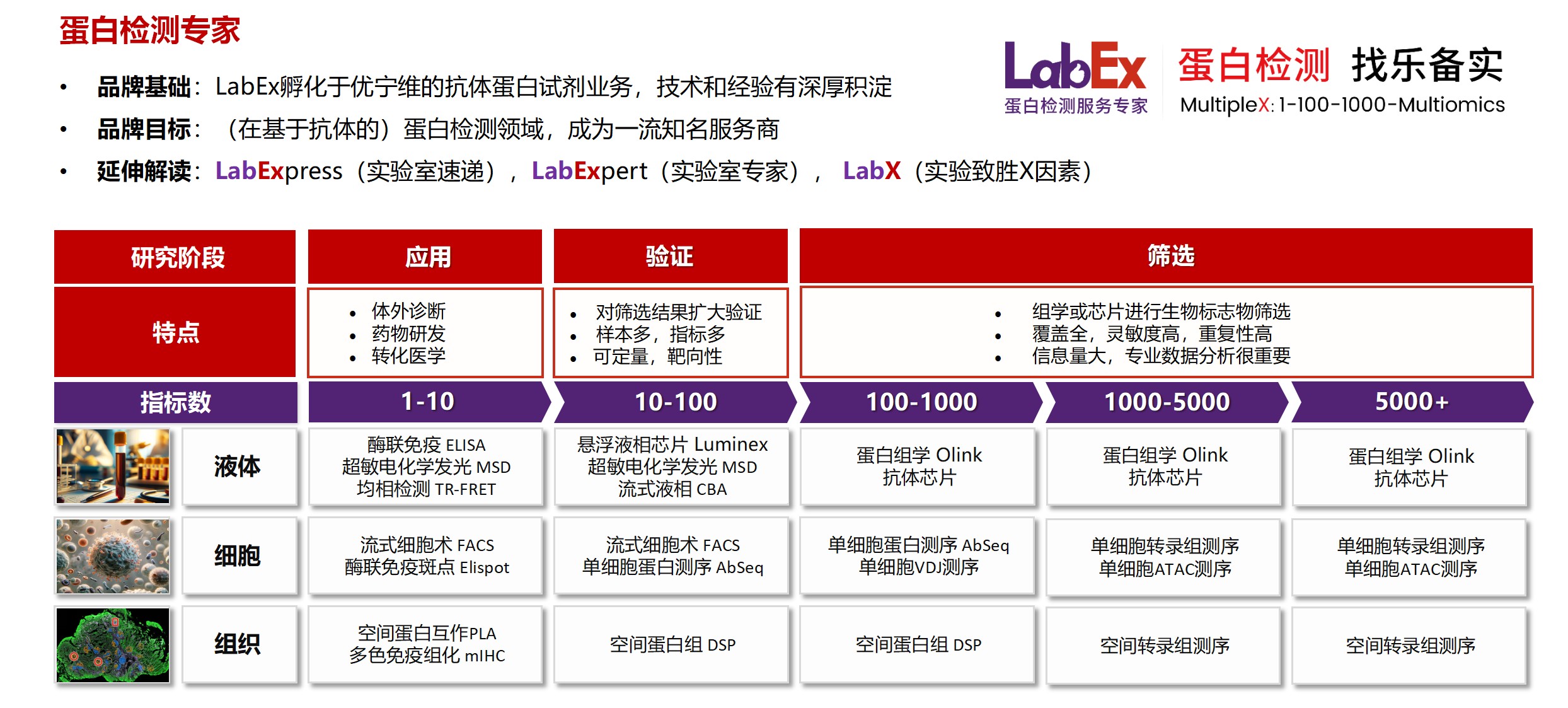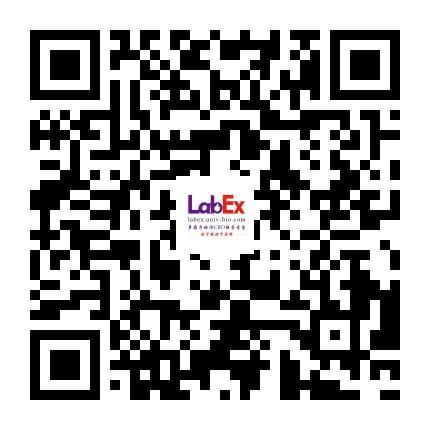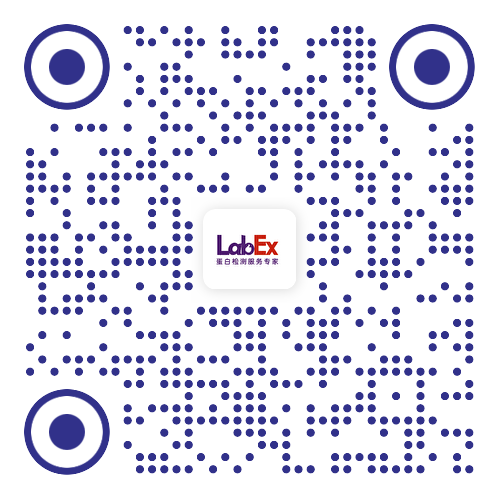Introduction: Ureteropelvic junction obstruction (UPJO) particularly represents a challenge in regard to management, as not all hydronephrosis (HN) represent a kidney-damaging state. Urinary biomarkers have been proposed as noninvasive tools. Extracellular matrix (ECM) proteins are associated with tissue fibrosis in the setting of UPJO and is poorly explored.
Objective: To investigate whether urinary ECM proteins are useful to discriminate the severity of urinary obstruction on unilateral UPJO.
Study design: Children with unilateral UPJO were prospective enrolled. Urinary (u) matrix metalloproteinases (MMP-1,-2,-9 and TIMP-1,-2) as well as clinical characteristics were measured in the following groups: 26 children with obstructive HN at initial diagnosis and after six months of dismembered pyeloplasty; 22 children with non-obstructive HN at diagnosis and after six months of observation; 26 children without any urinary tract condition, as the control group. Results were assessed statistically using for homogenous groups, a one-way analysis of variances (ANOVA) and for nonparametric groups, Mann-Whitney test or Kruskal-Wallis test was performed. ROC curves were performed.
Results: Baseline samples demonstrated a higher concentration of uMMP-1/Cr, uMMP-2/Cr, u-TIMP-1/Cr and u-TIMP-2/Cr in obstructive HN group; uMMP-9/Cr levels were higher in non-obstructive HN group and all studied biomarkers had lower concentrations for the control group. On follow-up, for the obstructive HN group, urinary concentration of uTIMP-1/Cr and uTIMP-2/Cr decreased, and uMMP-1/Cr, uMMP-2/Cr and uMMP-9/Cr increased when comparing preoperative to postoperative values. In the non-obstructive HN group, all proteins analyzed were stable after six months of observation. ROC curves analysis showed a promising diagnostic profile for the detection of obstructive HN for uTIMP-1/Cr (area under the curve -AUC-; of 0.692), uTIMP-2/Cr (AUC of 0.678) and for uMMP-2/Cr (AUC of 0.655).
Discussion: The severity of kidney obstruction could correlate with the urinary ECM proteins concentration in this study. This is concordant with prior studies demonstrating that a disruption of the balance of accumulation/degradation of the ECM proteins occur on obstructive uropathy. Limitations of our study include the older age of our patients and that these markers had no influence at all on the surgical decision.
Conclusion: We demonstrate that obstructive HN have significantly higher uMMP-2, uTIMP-1 and uTIMP-2 concentrations. Particularly, uTIMP-2 levels were correlated to severity of obstruction and therefore, it might be a useful urinary biomarker to correctly allocate children with HN between surgical management vs follow-up. After pyeloplasty, uTIMP-1 and uTIMP-2 presented a progressive decrease postoperatively, which is also highly desirable for urinary markers.
Urinary extracellular matrix proteins as predictors of the severity of ureteropelvic junction obstruction in children
乐备实是国内专注于提供高质量蛋白检测以及组学分析服务的实验服务专家,自2018年成立以来,乐备实不断寻求突破,公司的服务技术平台已扩展到单细胞测序、空间多组学、流式检测、超敏电化学发光、Luminex多因子检测、抗体芯片、PCR Array、ELISA、Elispot、PLA蛋白互作、多色免疫组化、DSP空间多组学等30多个,建立起了一套涵盖基因、蛋白、细胞以及组织水平实验的完整检测体系。
我们可提供从样本运输、储存管理、样本制备、样本检测到检测数据分析的全流程服务。凭借严格的实验室管理流程、标准化实验室操作、原始数据储存体系以及实验项目管理系统,已经为超过3000家客户单位提供服务,年检测样本超过100万,受到了广大客户的信任与支持。

声明:本篇文章在创作中部分采用了人工智能辅助。如有任何内容涉及版权或知识产权问题,敬请告知,我们承诺将在第一时间核实并撤下。
详见LabEx网站(
www.u-labex.com)或来电咨询!
基因水平:PCR Array、RT-PCR、PCR、单细胞测序
蛋白水平:MSD、Luminex、CBA、Elispot、Antibody Array、ELISA、Sengenics
细胞水平:细胞染色、细胞分选、细胞培养、细胞功能
组织水平:空间多组学、多重荧光免疫组化、免疫组化、免疫荧光
数据分析:流式数据分析、组化数据分析、多因子数据分析
基因水平:PCR Array、RT-PCR、PCR、单细胞测序
蛋白水平:MSD、Luminex、CBA、Elispot、Antibody Array、ELISA、Sengenics
细胞水平:细胞染色、细胞分选、细胞培养、细胞功能
组织水平:空间多组学、多重荧光免疫组化、免疫组化、免疫荧光
数据分析:流式数据分析、组化数据分析、多因子数据分析
联系电话:4001619919
联系邮箱:labex-mkt@u-labex.com
公众平台:蛋白检测服务专家
联系邮箱:labex-mkt@u-labex.com
公众平台:蛋白检测服务专家

本网站销售的所有产品及服务均不得用于人类或动物之临床诊断或治疗,仅可用于工业或者科研等非医疗目的。










 沪公网安备31011502400759号
沪公网安备31011502400759号
 营业执照(三证合一)
营业执照(三证合一)


